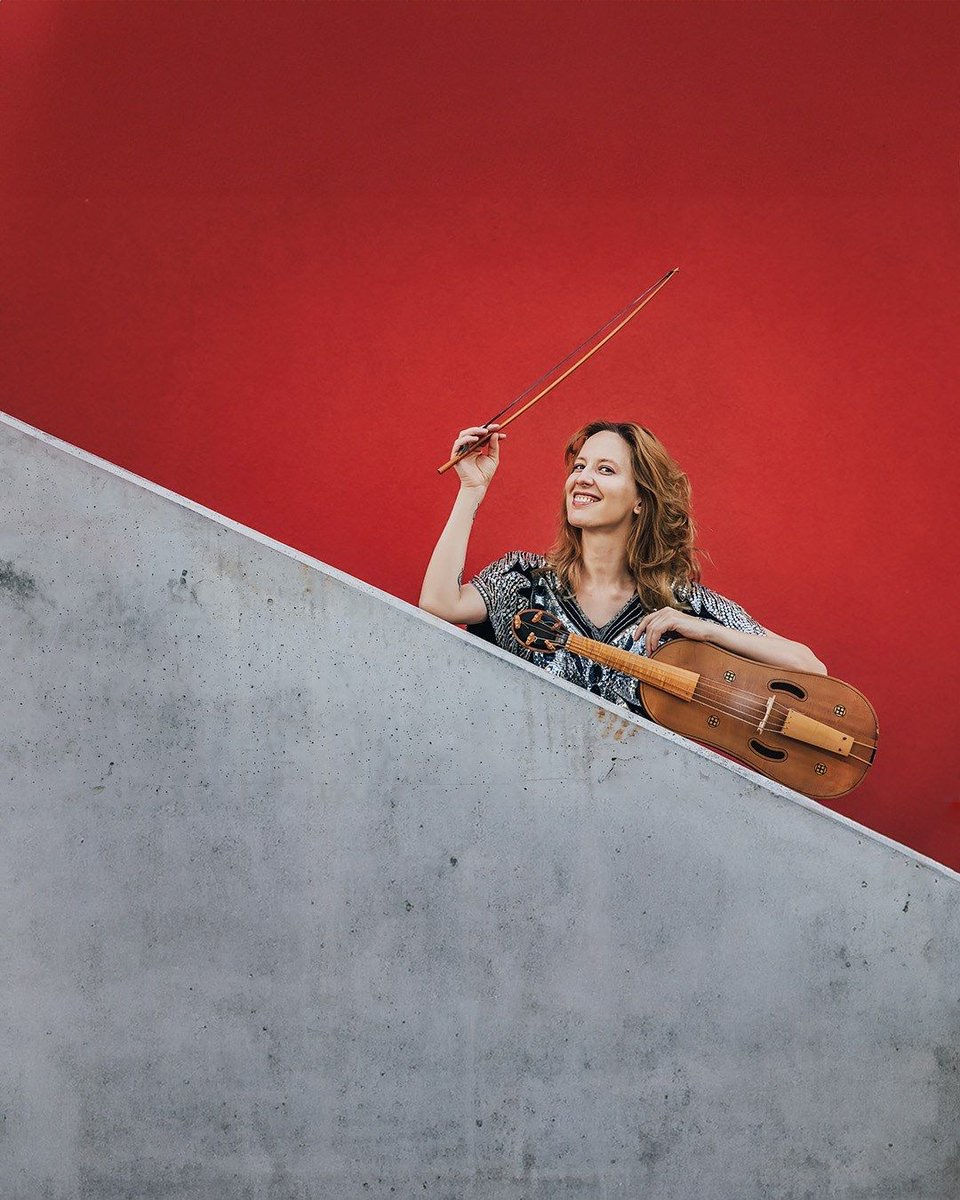Sí Beag, Sí Mór performed by Dave Webb (Harmonica)
- Steve Crowther

- Mar 1, 2023
- 2 min read

Sí Beag, Sí Mór translates as "Small Fairy Mound, Big Fairy Mound" (obviously). It is an Irish folk tune, and the title uses the word 'Sí', the Irish for 'fairy mound'. The tune itself has been described as a "beautiful old Irish air, played simply and leisurely, and occasionally played as a waltz". The song’s origin is attributed to the blind harpist and singer Turlough O'Carolan (1670 – 1738). It is thought to be his first song, written to the tune of The Bonnie Cuckoo.
Sí Mór (Sheemore) and Sí Beag (Sheebeg) are the names given to two small hills, situated close to each other in south County Leitrim, said to be ancient burial sites, and to a site in Carolan's birth county of Meath.
Turlough O’Carolan (1670 - 1738) was one of the last Irish harpist-composers and the only one whose songs survive in both words and music in significant number (about 200). O’Carolan, who was the son of an iron founder, became blind from smallpox at the age of 18. He was befriended by Mrs. MacDermott Roe, the wife of his father’s employer, who taught him to play the harp, supported him for the three years of his training, and then gave him money, a guide, and a horse. What more could a chap want. He performed and travelled throughout Ireland. Although never considered a master performer, he was highly regarded as a composer of songs and improvised verse. His tunes appeared widely in 18th-century collections.
In recent times this tune has been recorded by many fine artists. For example, by Planxty on their 1973 debut album Planxty, and then by The Chieftains on their 1975 album The Chieftains 5. It has also been performed live on many occasions by Fairport Convention. And here it is recorded and performed by Dave Webb as part of his delightful Dave Folk Harmonica YouTube series: Sí Beag, Sí Mór
Enjoy.



This piece can be considered to be a planxty which is a slow sometimes melancholy jig written specifically for the harp. Like many of his song the rich melody is open to interpretation and this can be played as a lament for solo flute or violin, though my preference is to keep the rhythm ,though when playing slow it is tricky to get the skip beat of a jig, so it tends to move towards a waltz.
Though written for the harp, at the time it was a popular session song and like most of his music was collected and published after his death. The song is also unusual in that it wasn’t named after someone who was associated with…